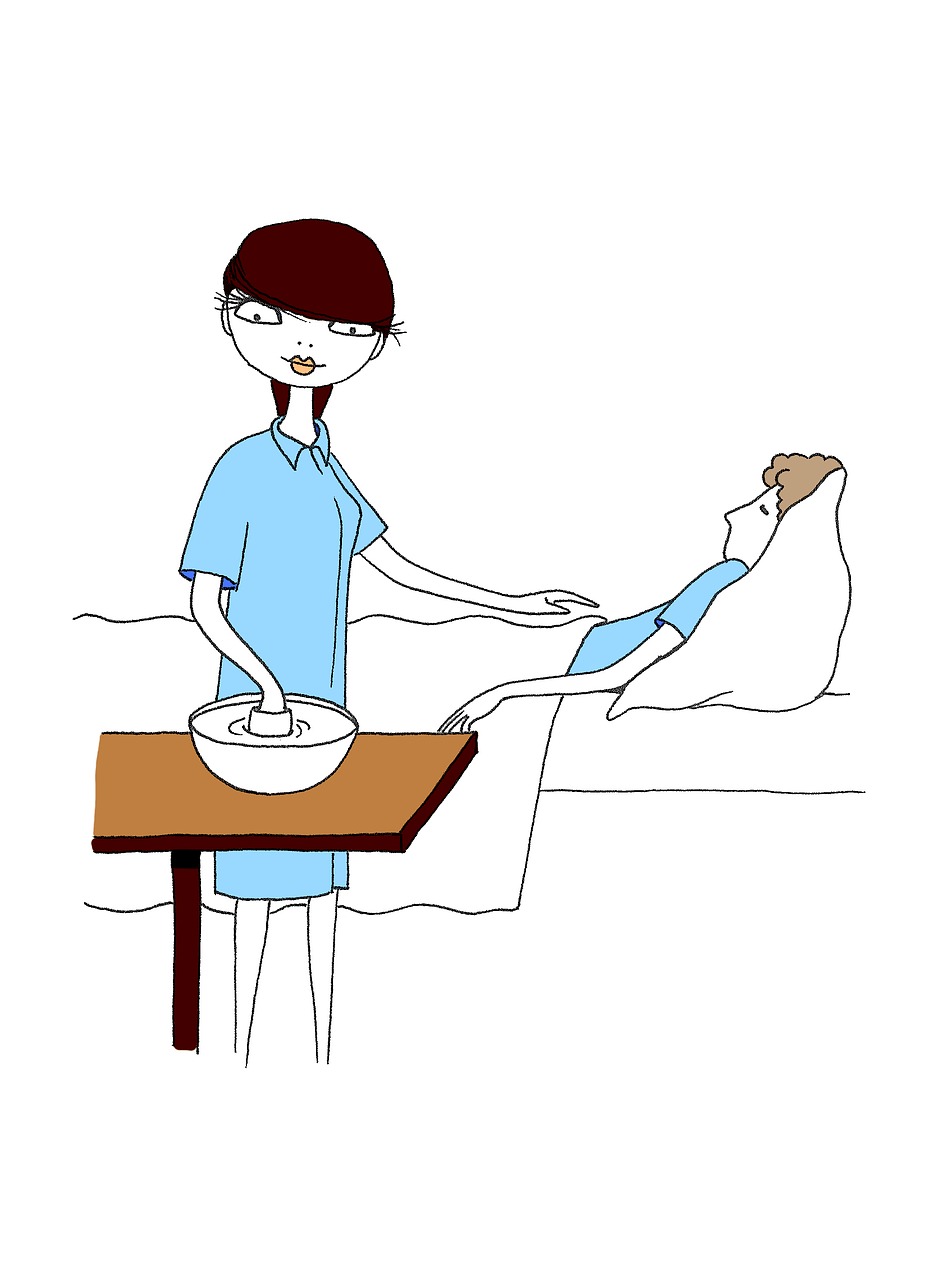 The calls come pretty routinely. “My mom has long-term care insurance and it’s time for her to have help. I’ve called five agencies, and they all tell me they don’t have any available caregivers now. We promised her she could stay at home, and she bought insurance to make sure of that. Now we can’t find anyone to take care of her. What’s going on?
The calls come pretty routinely. “My mom has long-term care insurance and it’s time for her to have help. I’ve called five agencies, and they all tell me they don’t have any available caregivers now. We promised her she could stay at home, and she bought insurance to make sure of that. Now we can’t find anyone to take care of her. What’s going on?
The COVID pandemic has unmasked many things in our healthcare system, but one that has come into sharp relief is the caregiving crisis we face. There has always been a supply and demand issue of nursing assistants in home care. Agencies have to recruit, train and then find work for a pool of individuals that have to take and pass a state-approved educational program and certification exam.
Home care can be extremely demanding work physically. Helping individuals with activities of daily living or ADLs, as they’re known, bathing, turning and repositioning patients in bed, dressing, getting in and out of a bed or chair understandably is a highly physically demanding job. The US Bureau of Labor Occupational Handbook states that nursing assistants have one of the highest rates of work-related injuries and illnesses of all occupations.
And according to that handbook, 37% work in nursing care facilities, 27% in hospitals, 11% in continuing care retirement communities, 5% in home healthcare and 4% for the government. That’s just 5% of the eligible pool of workers available to care for us at home.
For the most part in the home health care environment, agencies don’t provide healthcare insurance to their employees; the average wage across all work environments is $14.25 an hour, or roughly $29,640 a year, working 40 hours a week, 52 weeks a year.
While the demand for this highly skilled labor force is expected to rise by 8% this year, COVID has impacted the supply significantly. Because many CNAs work at multiple jobs to make ends meet, the demands for COVID testing and the risk of exposure have led many to leave the job market altogether.
These individuals are taking care of our most precious resource, our loved ones. Keeping this supply and demand equation in mind when we begin to seek caregivers can help prepare for the realities. How can you navigate these waters if your loved one needs home care?
- While it’s not always possible, looking ahead to a possible need and evaluating options before the need becomes critical can help put resources in place more efficiently.
- Be clear about your needs and expectations, understanding that CNAs only address activities of daily living; they aren’t licensed nurses. If your loved one needs nursing care, a full evaluation of care needs and financial resources has to be addressed to determine if their care can really be provided at home.
- Try not to shoot the home health agency messenger if your needs can’t be met immediately. There are hard realities right now about the availability of these skilled workers and agencies are working hard to find qualified workers. It may take some time before your request can be filled. And, it can be a good idea to have a request in to several agencies until you find a fit.
- Research an agency’s standing with the Better Business Bureau and know what their criteria is for COVID testing and other infectious diseases.
- Finding a home care provider that works with your loved one is a bit like dating; it may take a few tries to find someone that you want to have come back. If a caregiver didn’t work, provide your agency with objective feedback (“she spent too much time on her phone,” or “my mother had to initiate all requests for help and we need someone who will take a bit more initiative”). They can’t find a better fit without feedback.
- In the absence of paid caregivers, many families provide care or work with friends or church groups to fill the gap until a reliable paid caregiver can be found. While this can be both a temporary as well as permanent solution, it certainly provides personal insight into what a typical day will be like for a paid caregiver and clarity around your loved one’s needs.
- Consider learning more about the financial and general issues facing home care workers. You might find this page interesting about advocacy to improve the lives and wellbeing of service workers, and this On Being podcast, featuring Ai-jen Poo, of the Domestic Workers Alliance, encouraging new ways to think about those who are caring for our most vulnerable.
